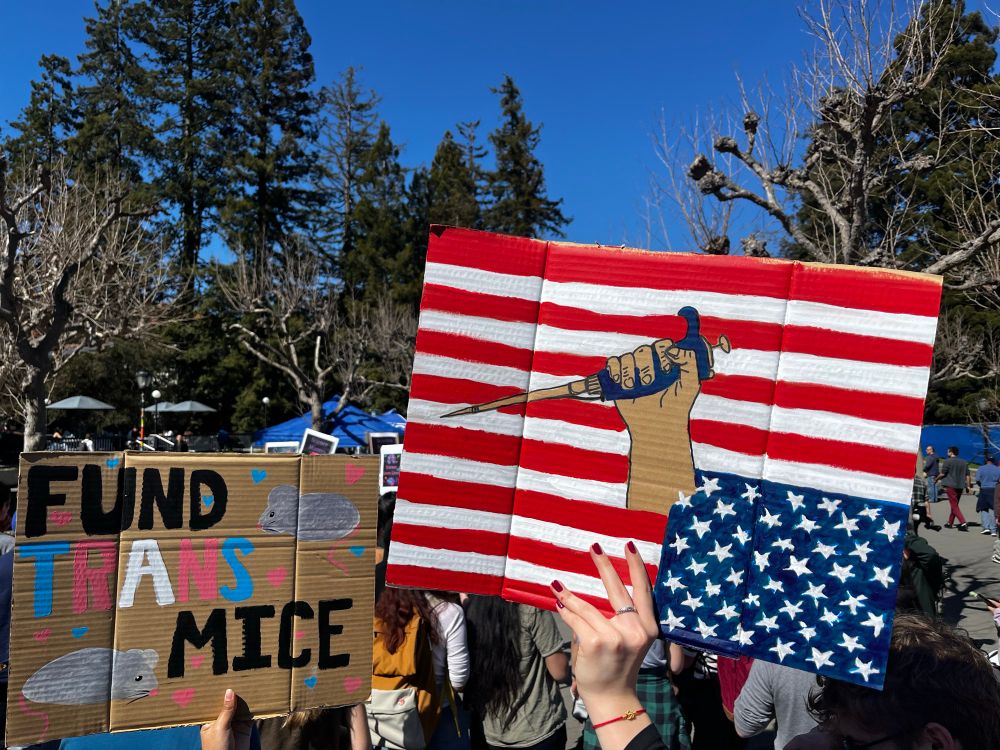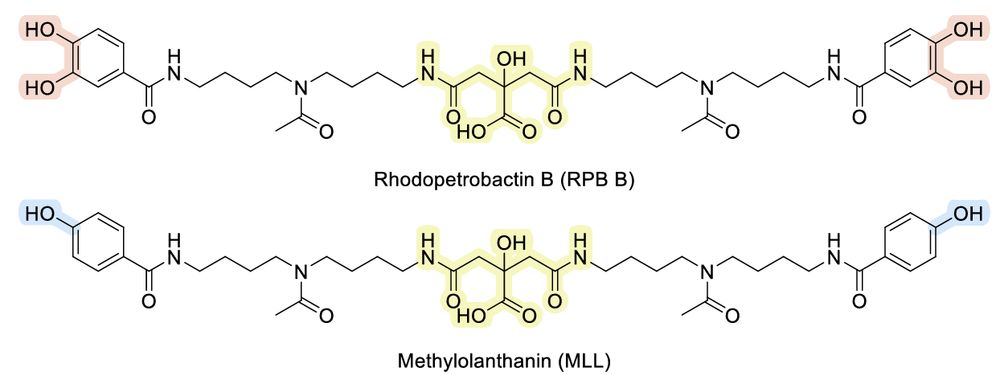
Excited to share our work on Brady and Sinorhizobium with rare earths!
www.biorxiv.org/content/10.1...
@cecimglab.bsky.social
Associate Professor, UC-Berkeley, Plant and Microbial Biology Department. Microbial physiology, lanthanide-biochemistry, methylotrophy, biometallurgy, plant-microbe interactions. (she/her) @UCBerkeley @PMB_Berkeley

Excited to share our work on Brady and Sinorhizobium with rare earths!
www.biorxiv.org/content/10.1...

I had the privilege of hooding two amazing scientists this last weekend. I am certain the best is yet to come for both of them, and I cannot wait to see all their achievements and discoveries in the next chapter of their lives! Congratulations, Dr. Zytnick, and Dr. Govindaraju. Go Bears!
21.05.2025 04:01 — 👍 4 🔁 0 💬 1 📌 0
New print from our lab! Insights into vanillic acid metabolism in Methylobacterium!
www.biorxiv.org/content/10.1...

#StandUpForScience Berkeley - great turnout and fantastic talks! Science makes sense of the world, saves lives and shapes policy (not the other way around)
07.03.2025 21:15 — 👍 54 🔁 8 💬 0 📌 0
It is important at this pivotal moment to @standupforscience.bsky.social. Looking forward to sharing my thoughts on why this should be a national priority at tomorrow’s rally in SF:
05.03.2025 16:54 — 👍 276 🔁 90 💬 2 📌 4
Consider this conference! It is a great experience for students and postdocs!
wriver.sites.unlv.edu

Get in dorks, we're going protesting!
STAND UP FOR SCIENCE WITH US ON MARCH 7TH, 2025
WASHINGTON DC AND EVERY STATE CAPITOL
Because science is for everyone!
Find us at www.standupforscience2025.org
#standupforscience2025 #scienceforall #sciencenotsilence

Congratulations to Nate and RareTerra
www.energy.gov/eere/ammto/a...

What do we mean by "labile metal pools"?
Their properties depend primarily on the identity of the cation (are are conserved across species).
This review is part of a special issue dedicated to my post-doc mentor Chris Walsh.
#MicroSky
pubs.acs.org/doi/10.1021/...

Two chelators are shown. The ventraö citric acid mojety is highlighted in yellow, the two chelator arms bear either a phenol unit (for MLL) or a 2,3 dihydroxy benzene unit (for RPB B)
#ChemSky This Preprint by @sophieguti.bsky.social has got it all: Natural Product synthesis, Chelators, Ln, Curium luminescence, mass spec methods, bacteria! doi.org/10.26434/che... Comparative Binding Studies of the Chelators Methylolanthanin and Rhodopetrobactin B to Lanthanides and Ferric Iron.🧪🧵
03.12.2024 15:54 — 👍 38 🔁 11 💬 1 📌 1
Undergrads are presenting their awesome work today in lab meeting! It calls for a rehearsal of Thanksgiving food!
23.11.2024 01:18 — 👍 2 🔁 0 💬 0 📌 0How do secreted and membrane-localized enzymes get appropriately metalated?
... Bixi He and I tackled this question, with a focus on the cell envelope...
Metalation of Extracytoplasmic Proteins and Bacterial Cell Envelope Homeostasis | Annual Reviews - go.shr.lc/3V0lM92
Proud PI! @zzzytty.bsky.social www.youtube.com/live/jR4Fl4M...
14.11.2024 03:25 — 👍 3 🔁 0 💬 1 📌 0could I be added?
13.11.2024 14:44 — 👍 0 🔁 0 💬 1 📌 0